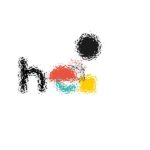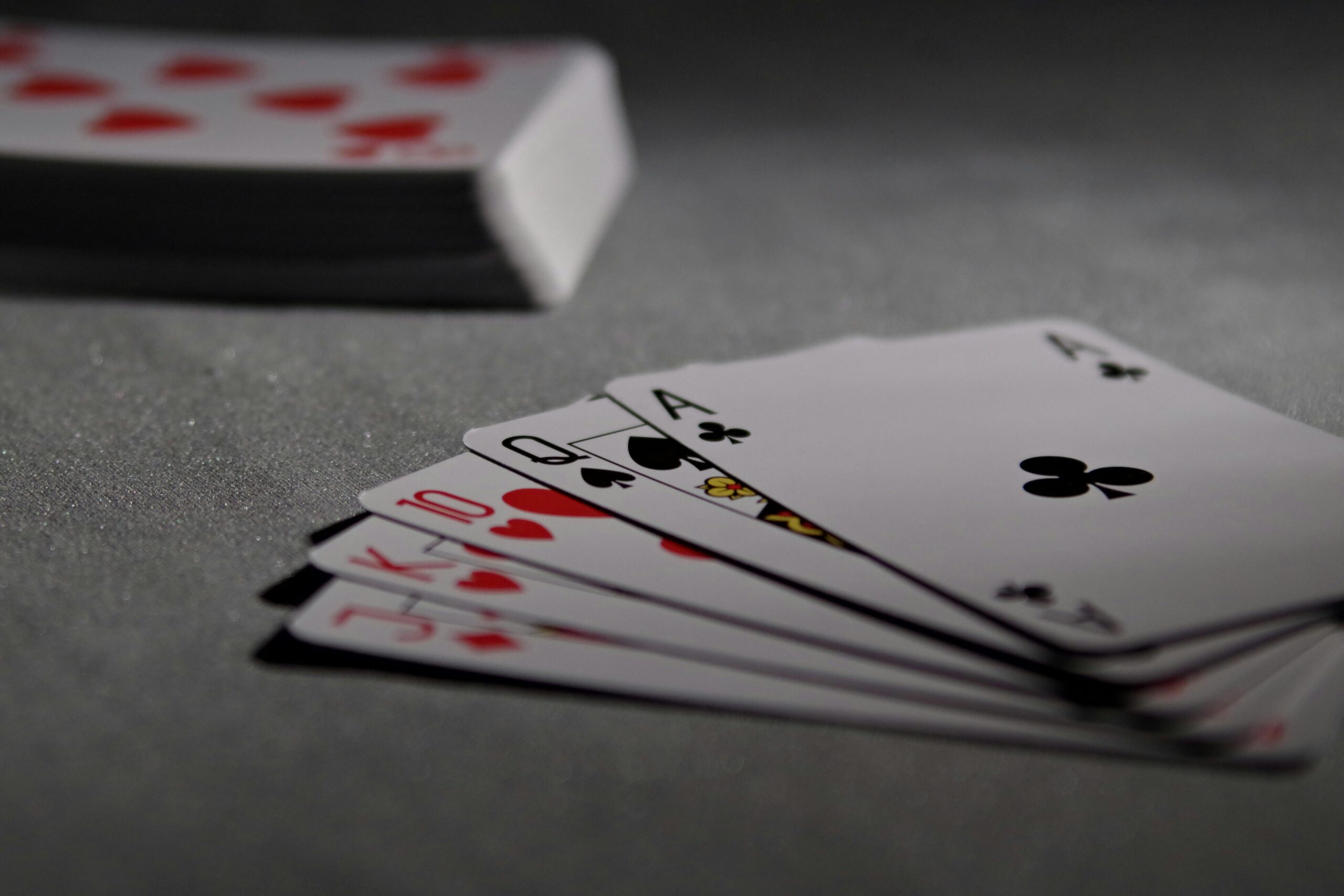The intricate world of card games, with its rich history, endless variety, and strategic depth, offers much more than just casual entertainment. For enthusiasts looking to elevate their game, deepen their understanding, or simply enjoy the cultural aspects of card games, the literary world is brimming with resources. From strategy guides and historical accounts to novels and biographies, books about card games serve as a bridge to a broader comprehension and appreciation of this multifaceted pastime.
The Value of Card Game Literature
Books on card games are more than mere instruction manuals; they are repositories of wisdom, experience, and stories that have been passed down through generations. They offer insights into not only the mechanics of games but also the psychological, mathematical, and cultural nuances that define them. For beginners, a well-written book can demystify complex rules and strategies, making the learning process both efficient and enjoyable. For the seasoned player, literature can refine and challenge existing strategies, introduce new variations of games, and deepen tactical understanding.
Strategy Guides: Beyond the Basics
Strategy guides form the backbone of card game literature, providing players with the tools to transition from novice to adept. These books often delve into probability, decision-making, and competitive tactics, offering readers a framework to think several moves ahead. Titles such as The Theory of Poker by David Sklansky or Bridge for Bright Beginners by Terence Reese stand out for their ability to transform a player’s approach to the game.
Historical and Cultural Insights
Understanding the origins and evolution of card games can enrich a player’s appreciation for their complexity and beauty. Books like A History of Playing Cards by Catherine Perry Hargrave explore the fascinating journey of card games across cultures and time periods. Meanwhile, works such as The Card: Collectors, Con Men, and the True Story of History’s Most Desired Baseball Card by Michael O’Keeffe and Teri Thompson, though not directly about a traditional card game, highlight the cultural significance and stories behind collectible cards, drawing parallels to the collectible aspects of some modern card games.
Novels and Biographies: The Human Element
Card games have been a pivotal element of numerous literary works, symbolizing luck, strategy, and human nature. Novels like The Cincinnati Kid by Richard Jessup bring to life the drama and tension of high-stakes poker, while biographies such as One of a Kind: The Rise and Fall of Stuey ‘The Kid’ Ungar by Nolan Dalla and Peter Alson offer a glimpse into the lives of those who have defined their existence around mastery of card games. These narratives add depth to the understanding of card games, showcasing them as a mirror to the human condition.
The Online Transition: Blogs and E-books
In the digital age, the exploration of card games has expanded beyond traditional books to include e-books and blogs. These platforms offer up-to-date strategies, interactive tutorials, and community discussions, catering to the modern player’s needs. However, the timeless appeal of holding a book, flipping through its pages, and absorbing the knowledge at one’s own pace remains unmatched.
Conclusion
For those drawn to the intellectual and social allure of card games, the literary world offers a treasure trove of knowledge and insight. Whether it’s mastering a game, understanding its history, or simply enjoying tales of gamble and guile, there’s a book for every card enthusiast. As you shuffle and deal, remember that each card in your hand carries with it centuries of history, strategy, and human experience, much of which is captured in the pages of books dedicated to the art and science of card games.









